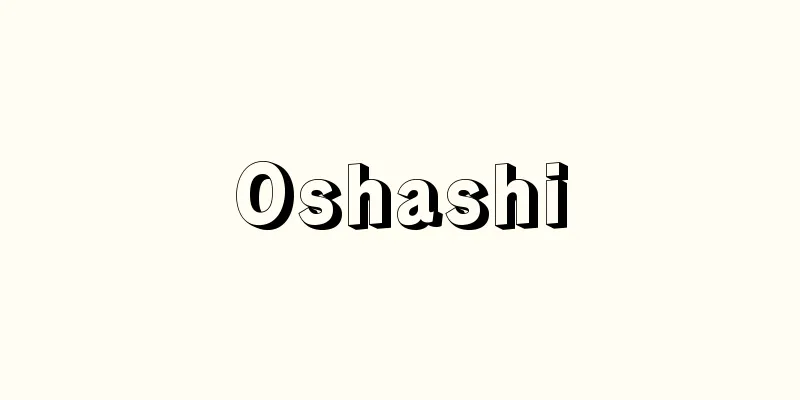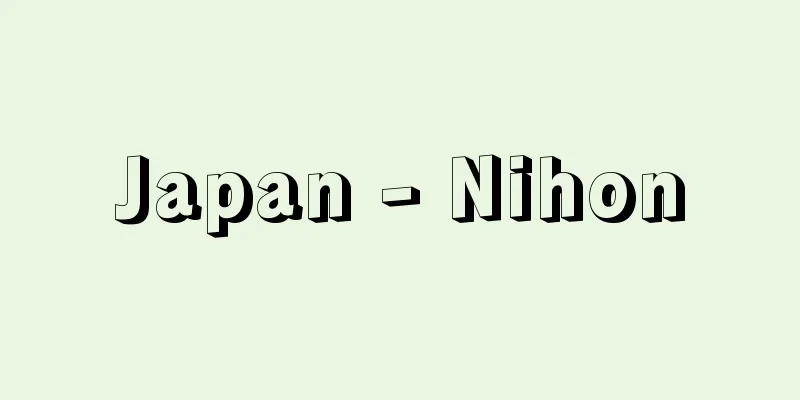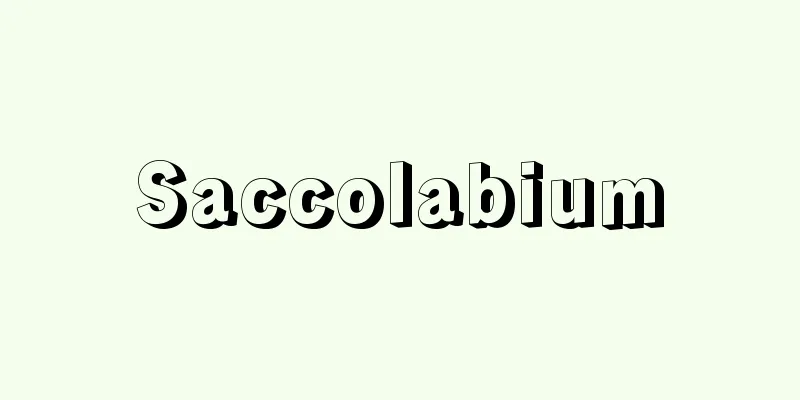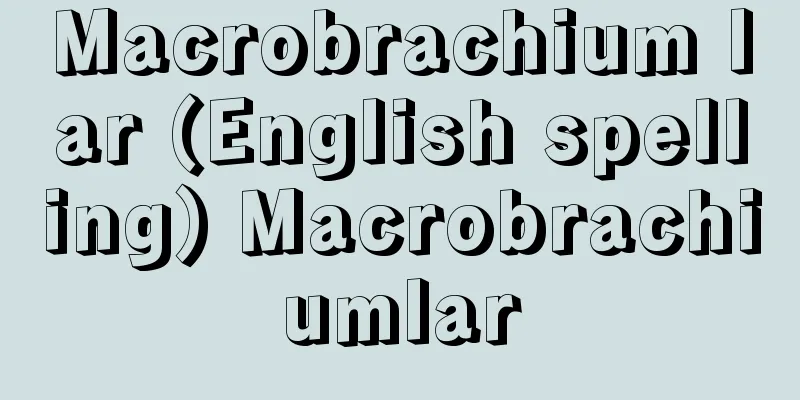Oshashi

|
… In the Nara and Heian periods, it was customary for upper-class women to decorate the base of their topknots with gold or silver beads when wearing formal attire. In the Muromachi period, a hair accessory called oshashi appeared. This was a circular plate with three scepter-shaped ornaments attached, which was attached to the topknot with a hairpin and a comb attached to the front. … *Some of the terminology explanations that mention "Oshashi" are listed below. Source | Heibonsha World Encyclopedia 2nd Edition | Information |
|
… 奈良時代および平安時代の上流の女性たちは礼服のとき,髻の根元を金,銀の玉で飾るのがならいであった。室町時代になると,〈おしゃし〉と呼ばれる髪飾が登場する。これは円板に3本の笏形の飾りがついたもので,髻に釵子でさして,前から櫛1枚をあてたものである。… ※「おしゃし」について言及している用語解説の一部を掲載しています。 出典|株式会社平凡社世界大百科事典 第2版について | 情報 |
>>: Oshagujirenda - Oshagujirenda
Recommend
Ootanisi (English spelling) Japanese freshwater snail
This snail belongs to the family Pycnonotidae of ...
Thonburi - Tonburi (English spelling)
The capital of Thonburi Province in central Thail...
Willcox, BM
…The world's largest shipping company, with t...
Chloride smelting - Enkaseiren
...Aqueous solution electrolytic refining is used...
Anusapati - Anusapati
…At that time, the Kediri dynasty in East Java wa...
Rank (English) Rank, Otto
Born: April 22, 1884 in Vienna [Died] October 31, ...
Kiobi Tsuchibachi - Kiobi Tsuchibachi
...There are more than 1,000 known species of gro...
Economic Recovery Council
A national movement organization formed after Worl...
Kenkichi Tomimoto
Ceramic artist. Born into a landowner's famil...
Support - Shiho
This refers to a structure that supports the ceil...
Countryside scale - Inakabushi onkai
〘Noun〙 A scale used in inaka-bushi. A positive sca...
Copperplate engraving
A general term for prints that use copper plates ...
Nikephorion (English spelling)
...Population: about 35,000. Greek name: Nikēphor...
Oshikiri servant - Oshikiri servant
… [Kitahara Akio] [Rural Servant] Servants in ear...
Otafuku - Otafuku
→ Turtle Source : Heibonsha Encyclopedia About MyP...









